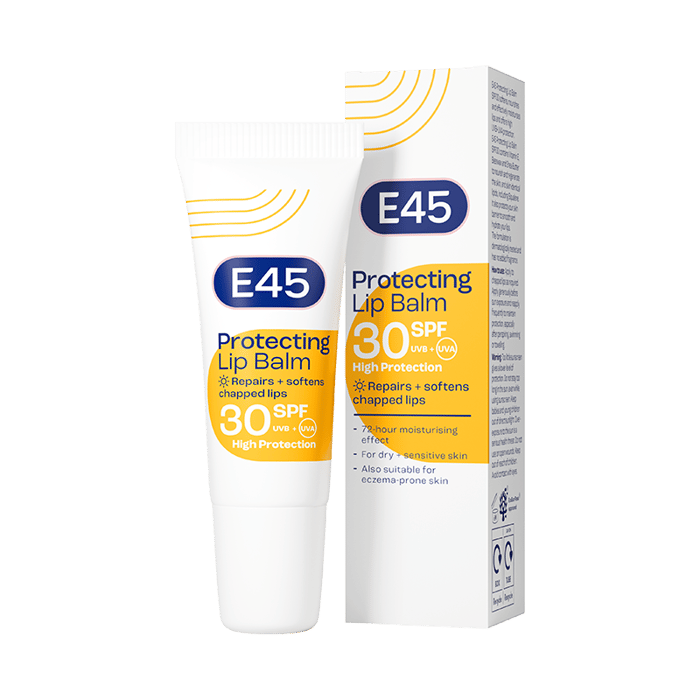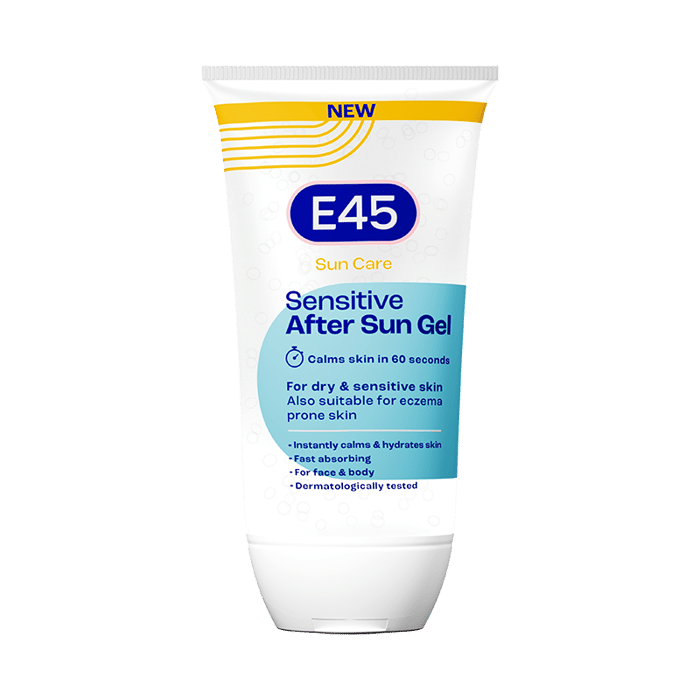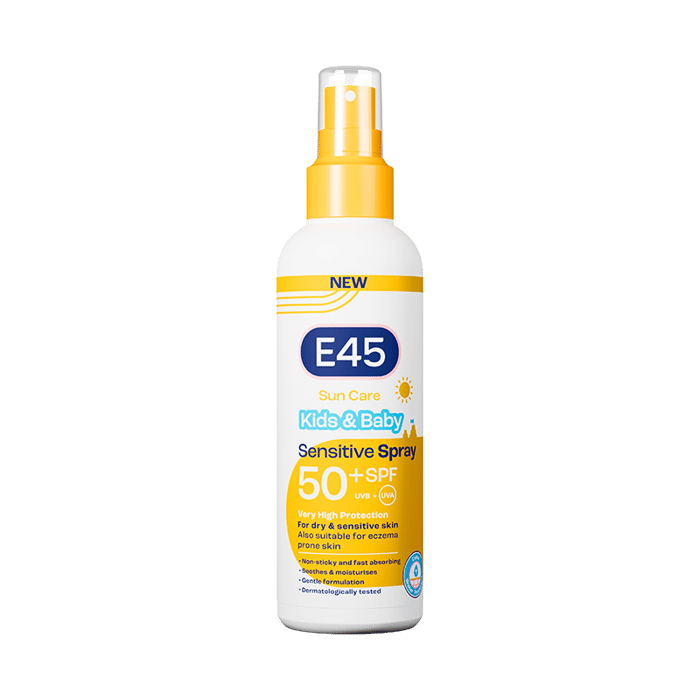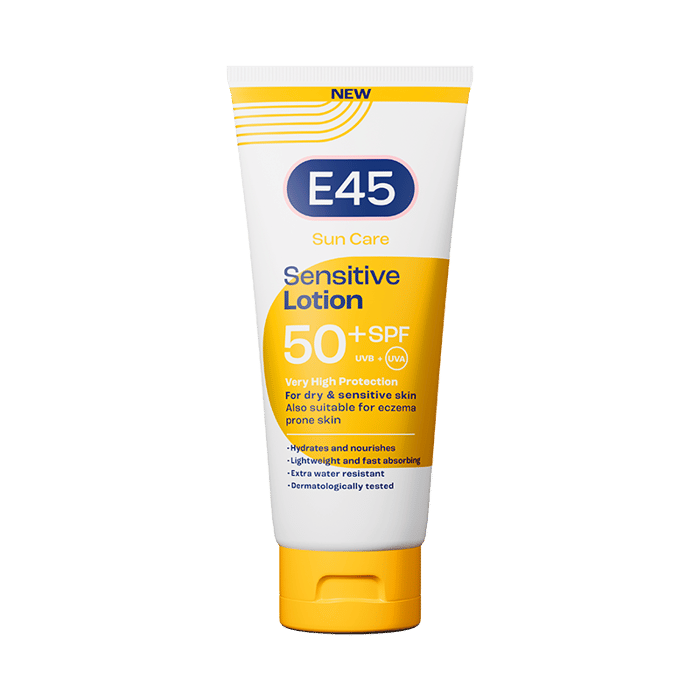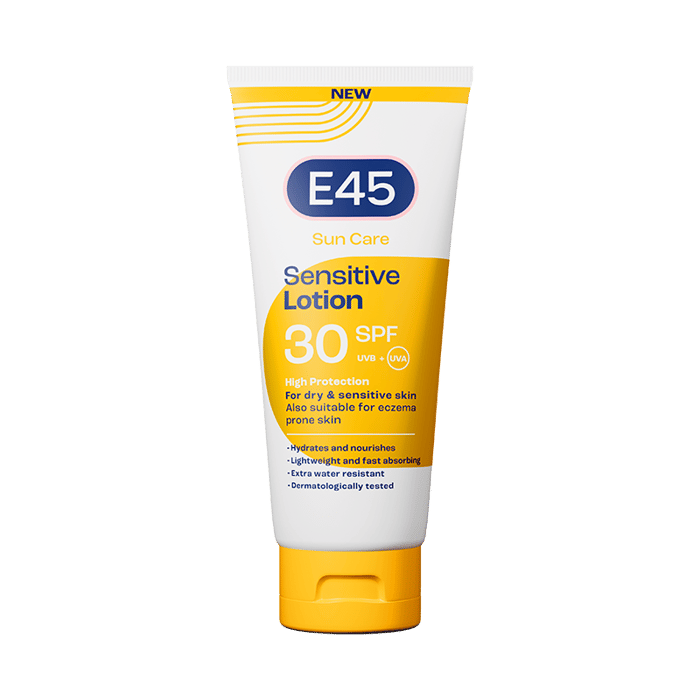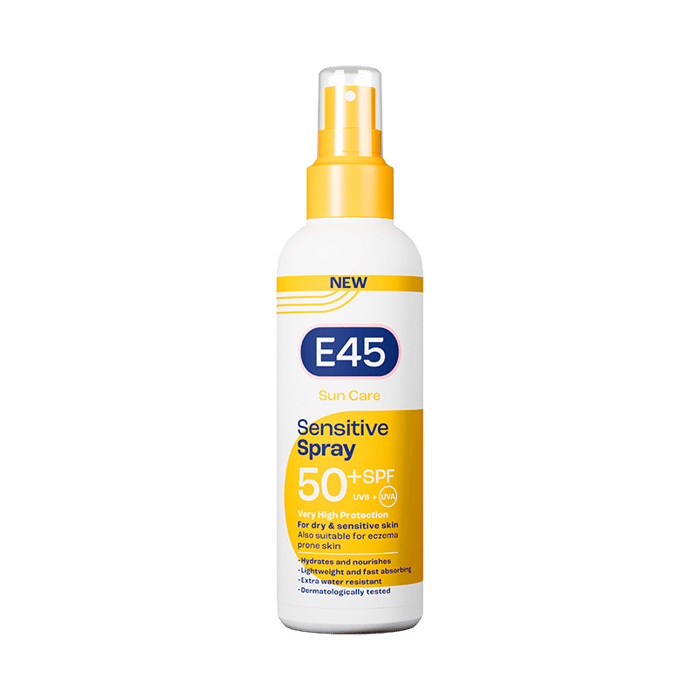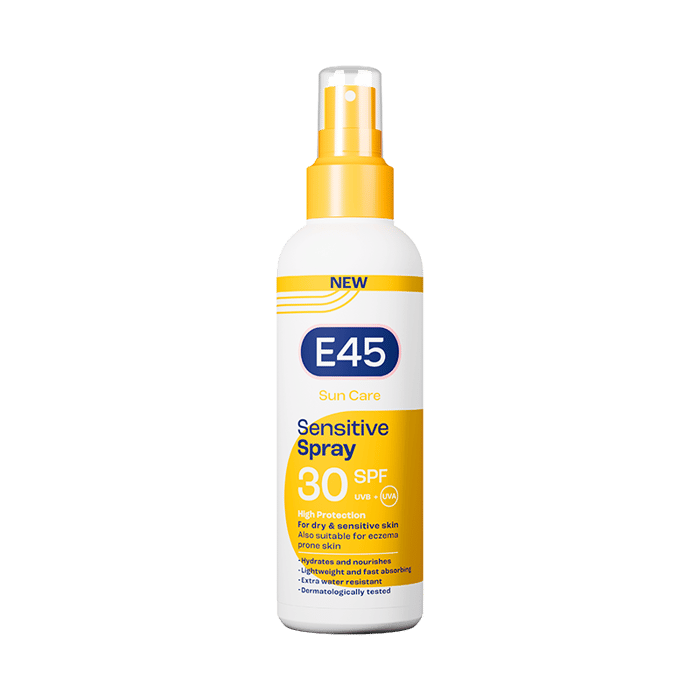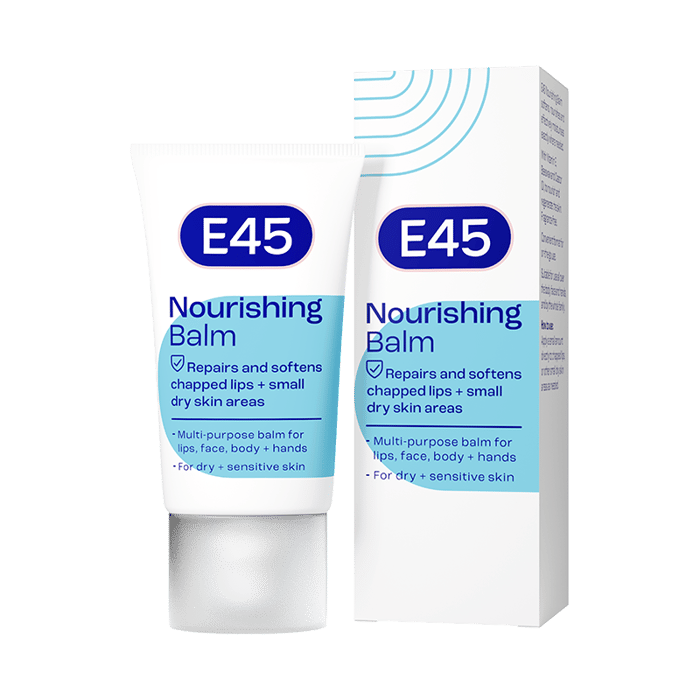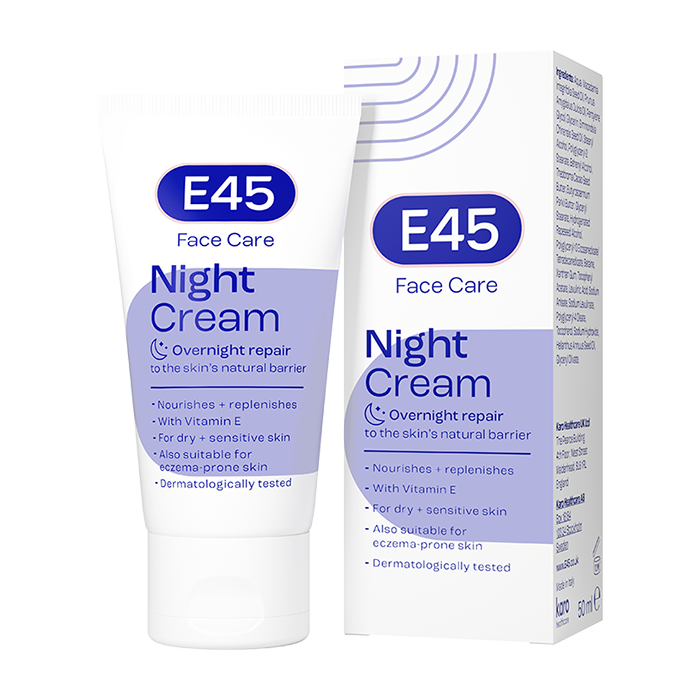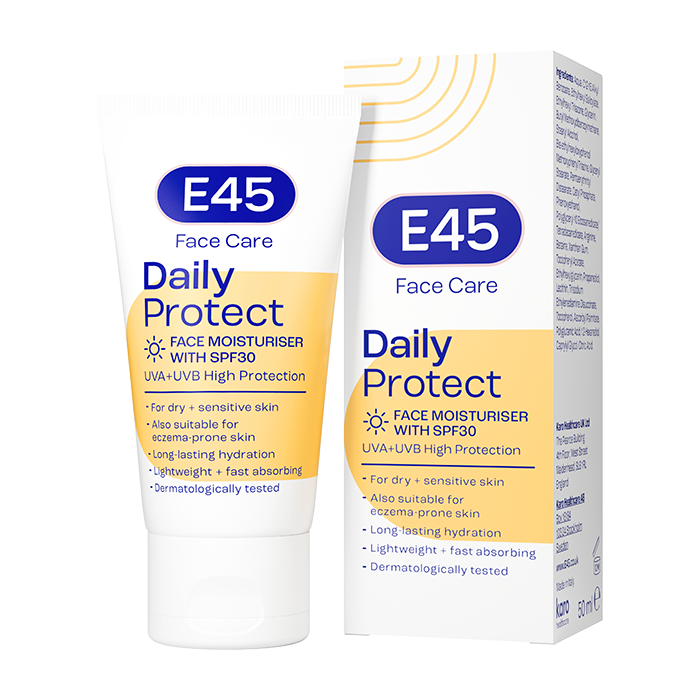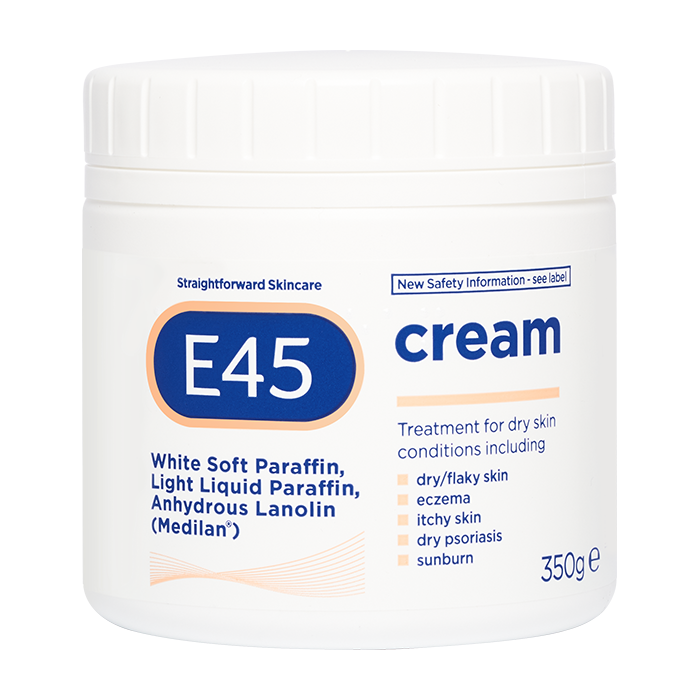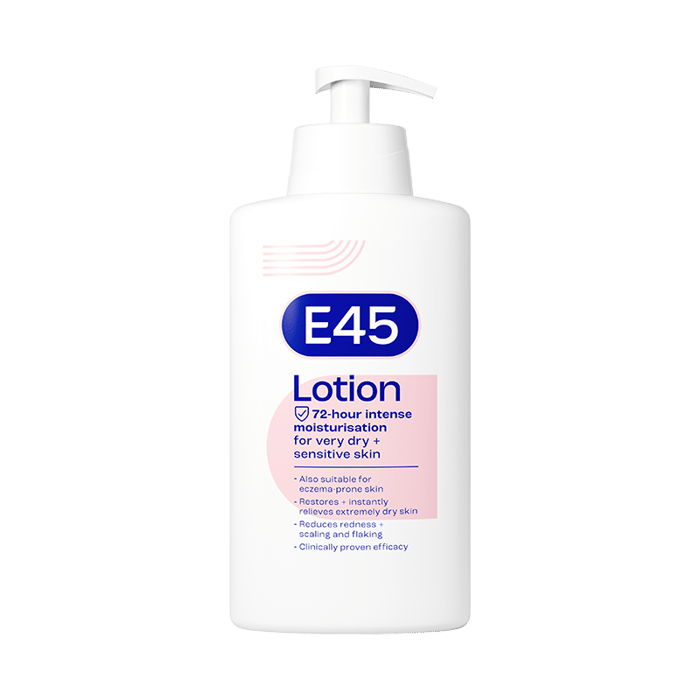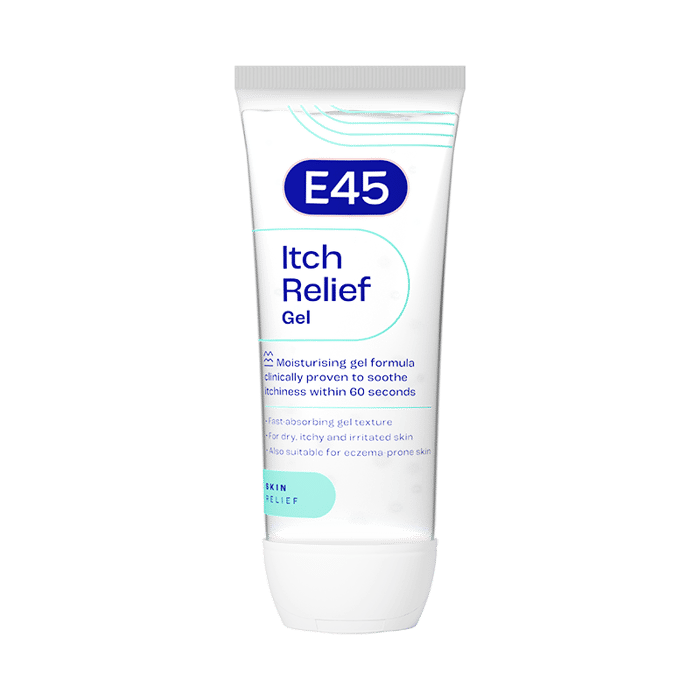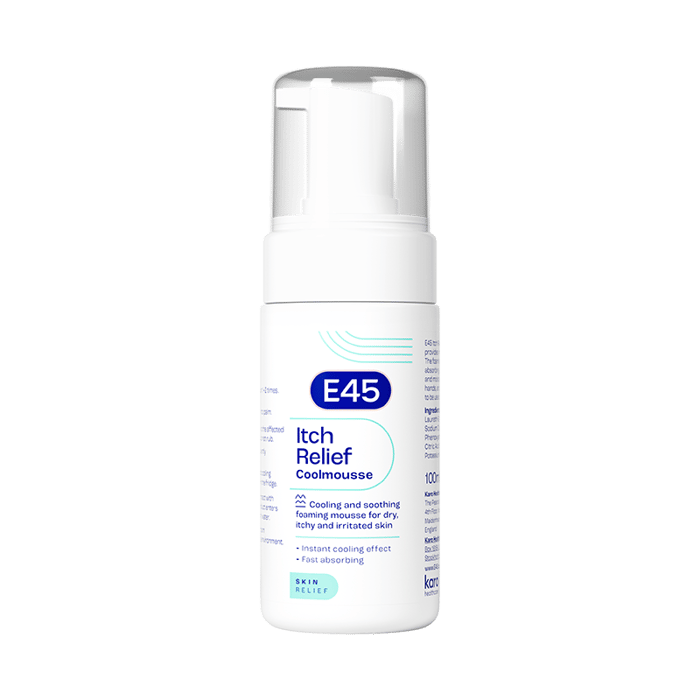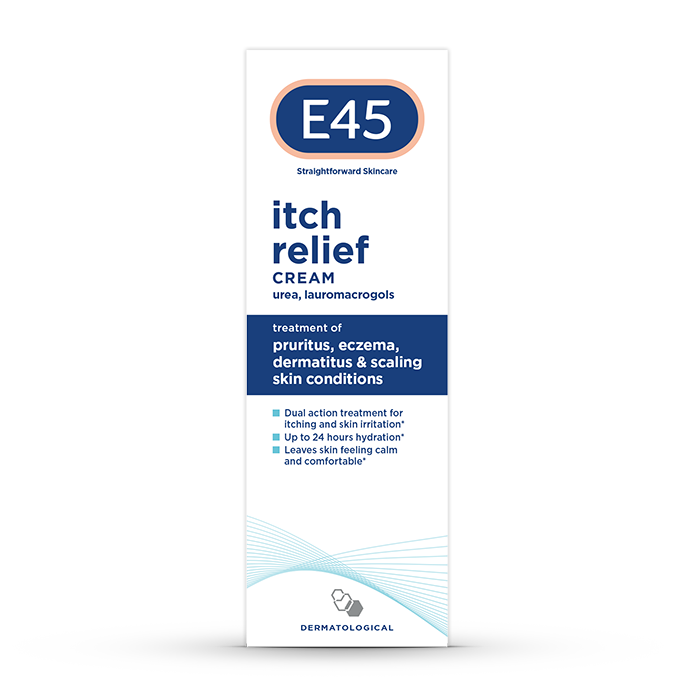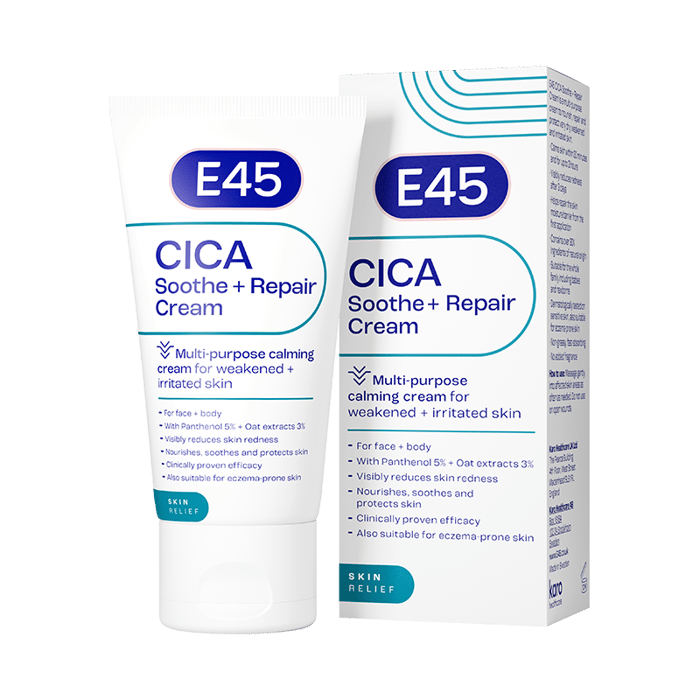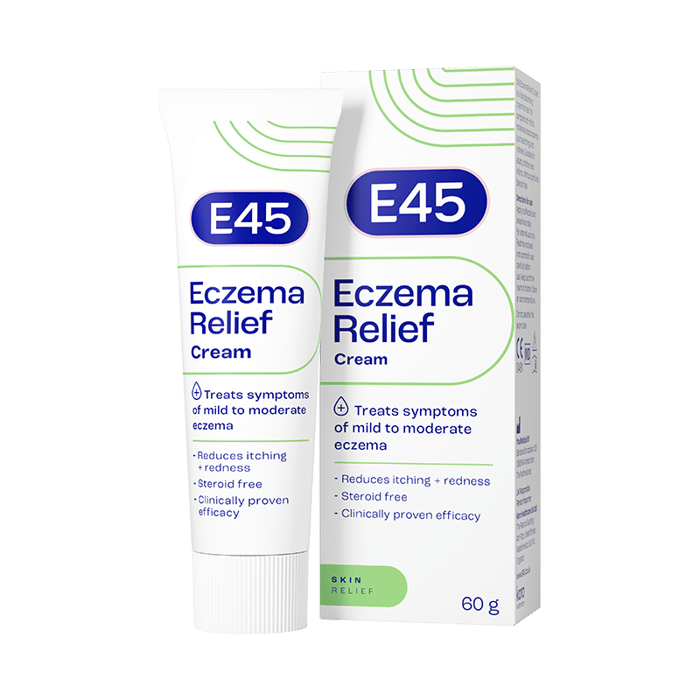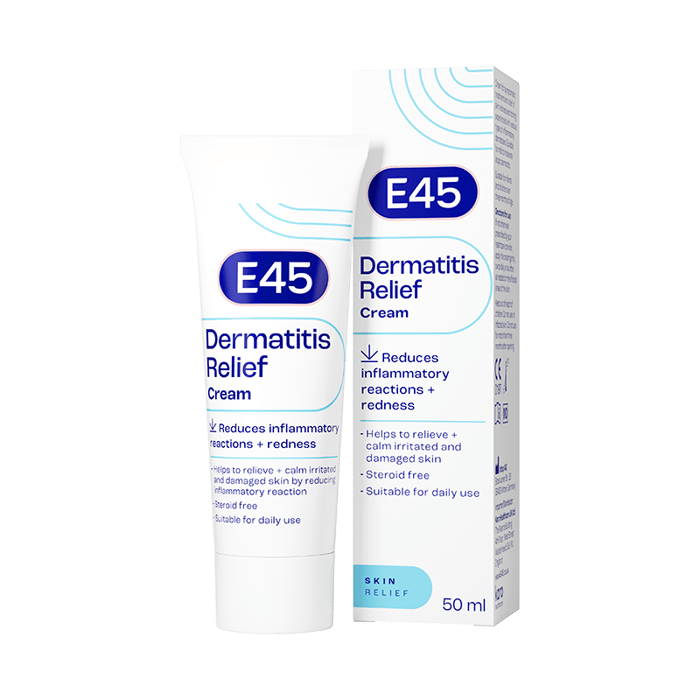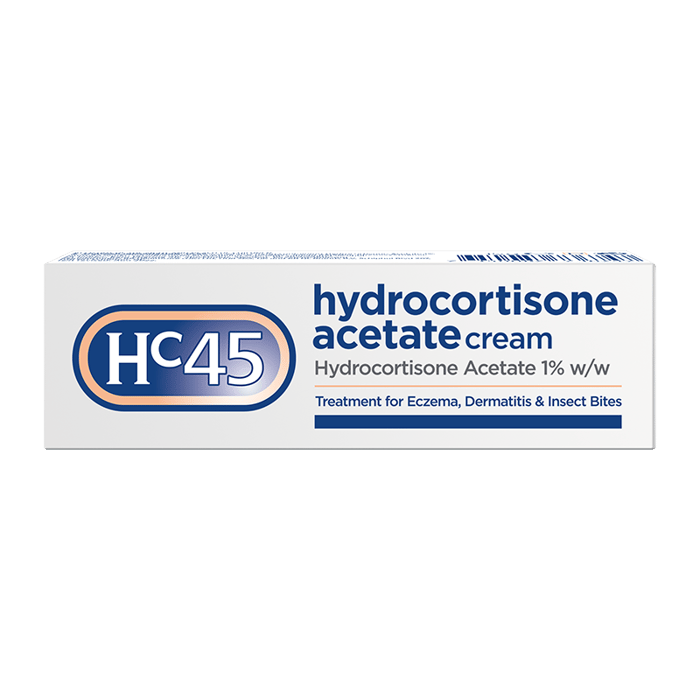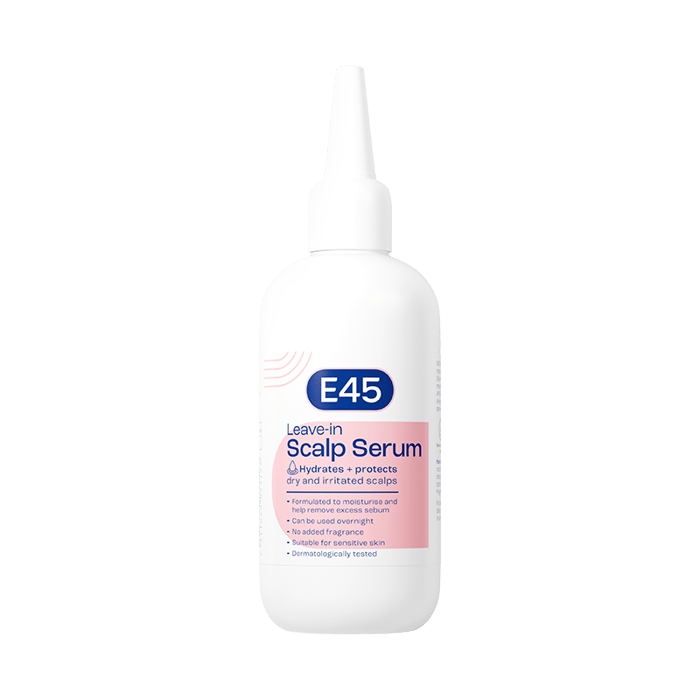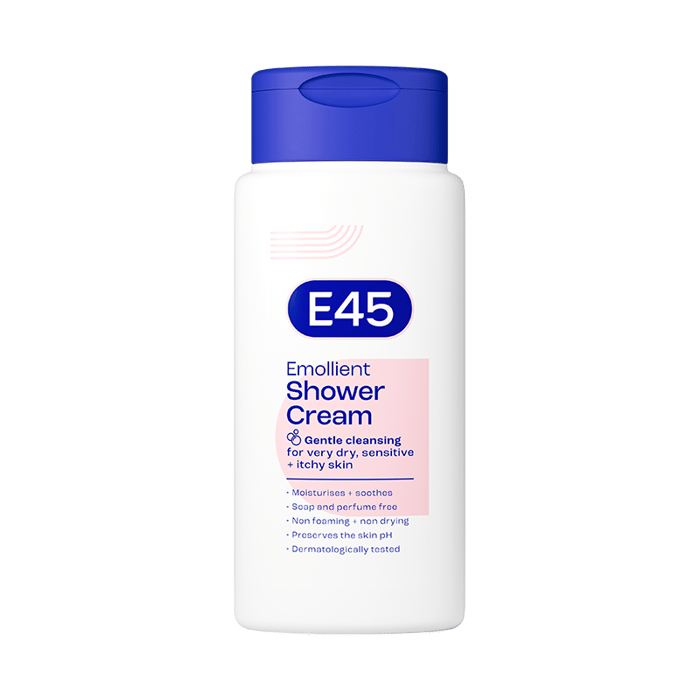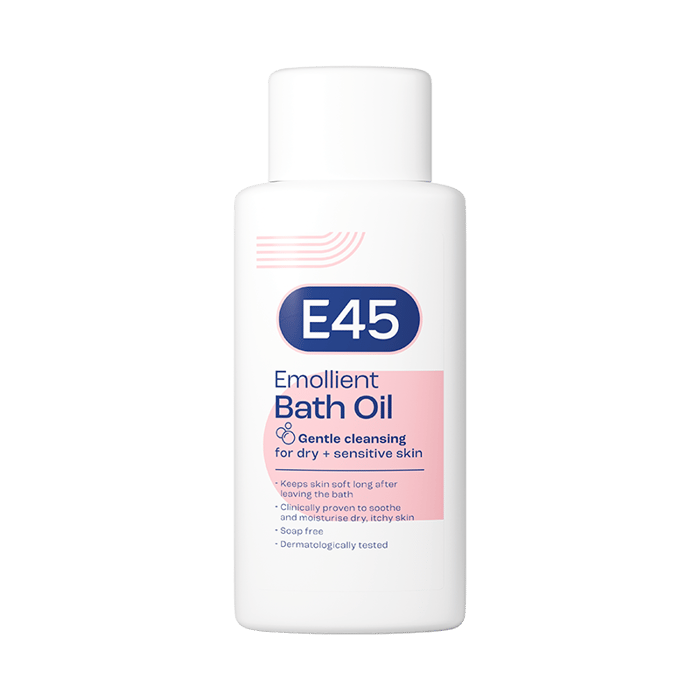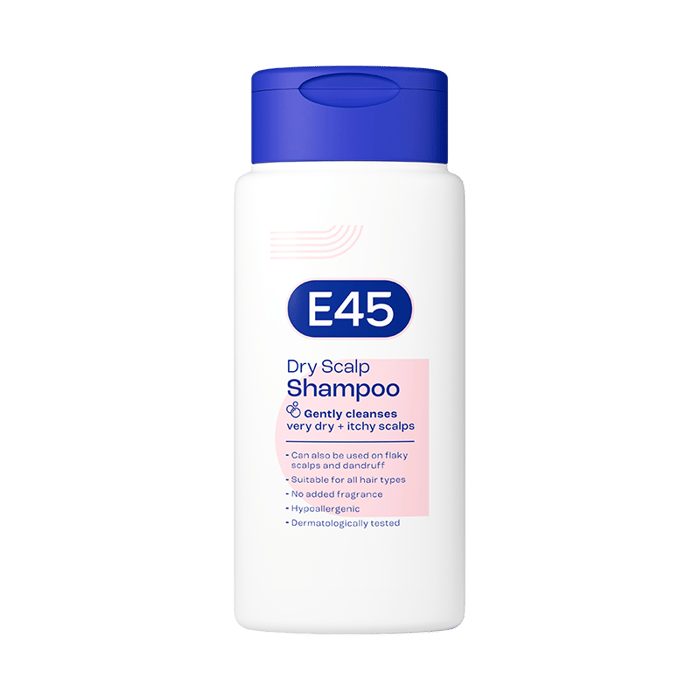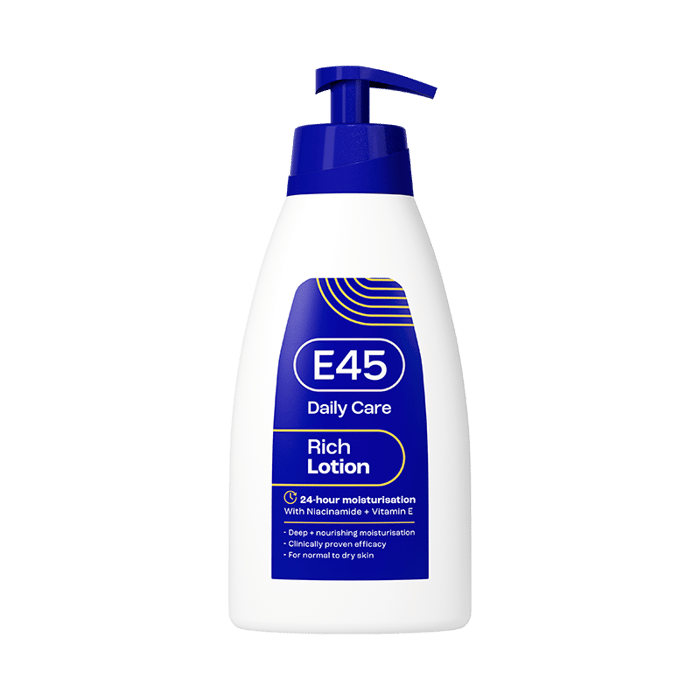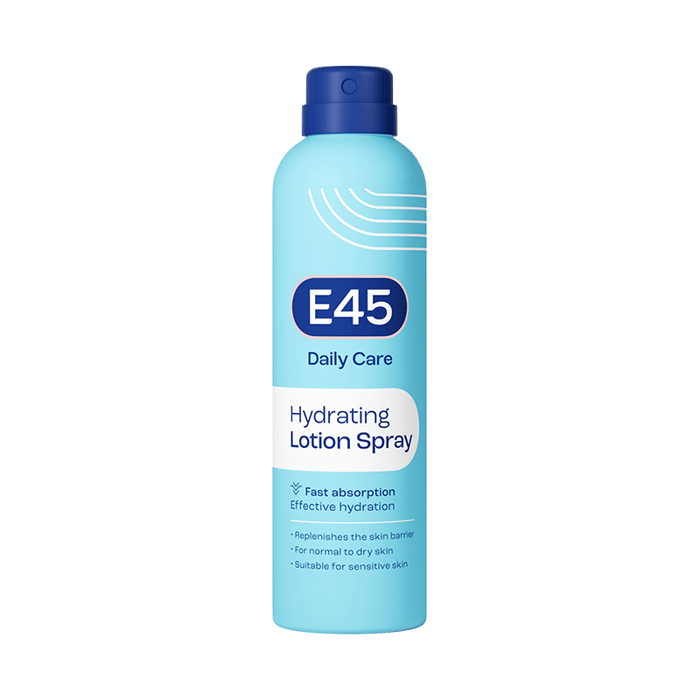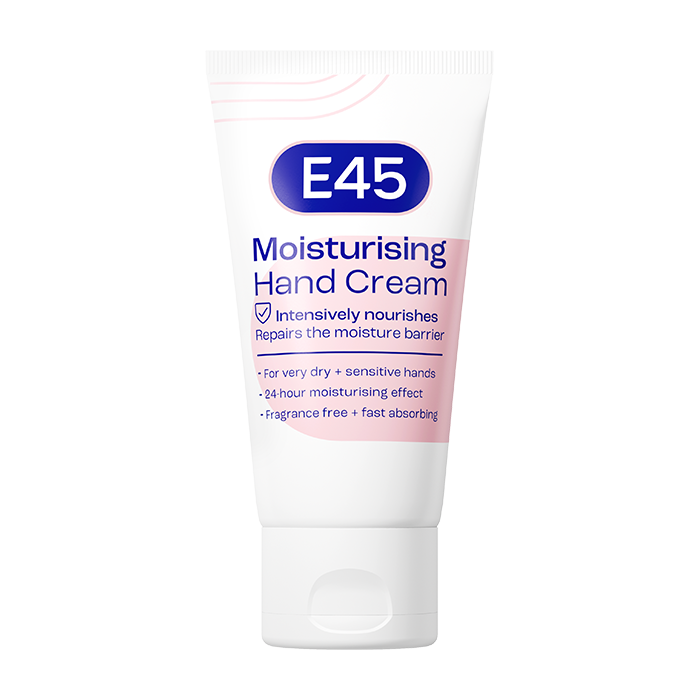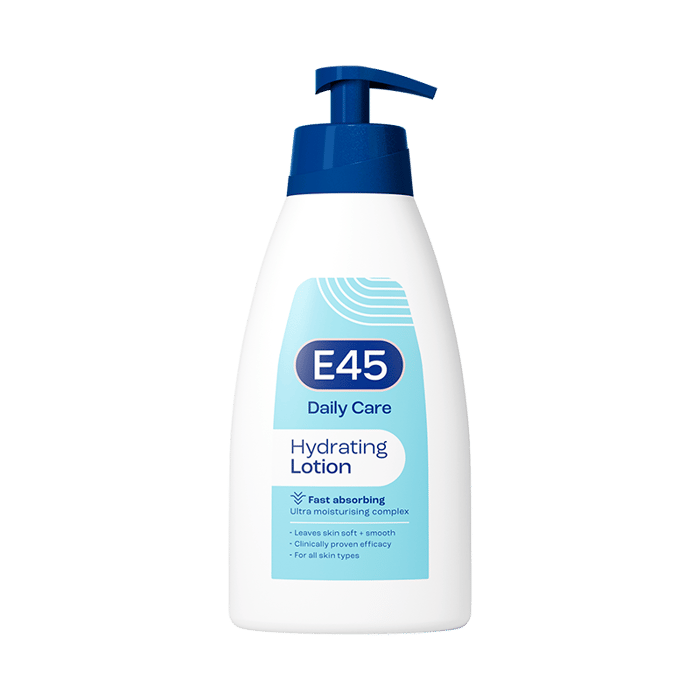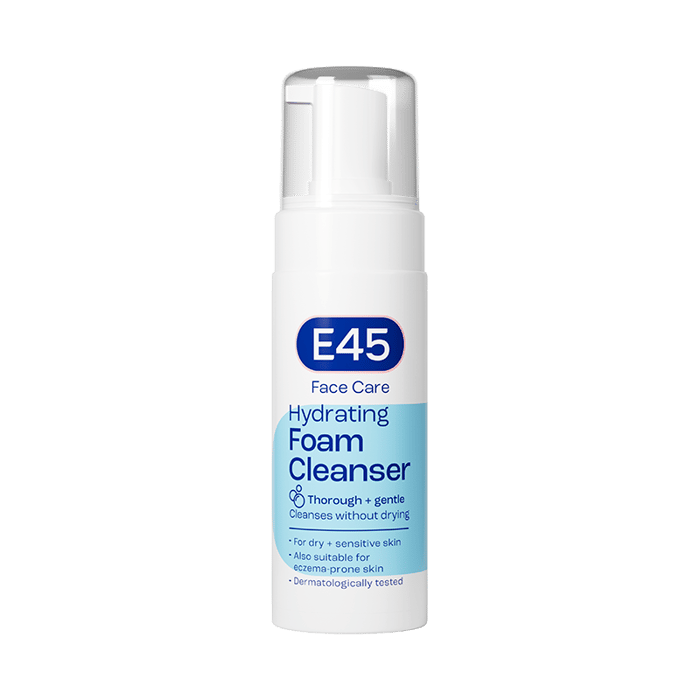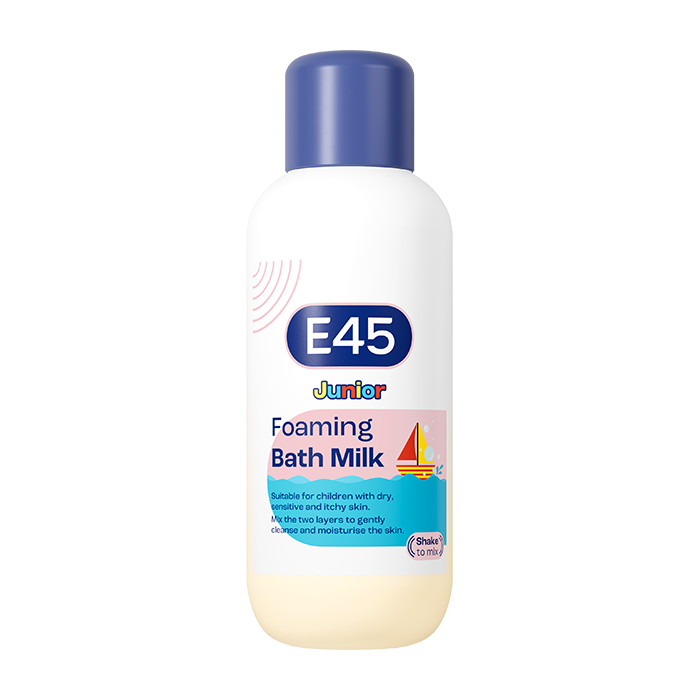What is Ichthyosis?
Ichthyosis is a condition that affects the skin, causing it to become dry, rough, and scaly. It can happen when the skin doesn’t shed its cells properly or produces too many. While it’s not contagious, it can be genetic or caused by other factors like the environment.
Everyone’s experience with ichthyosis can be different. Some people might have mild symptoms, while others may find their skin can be more affected. Although there is no cure for ichthyosis, with the right care, it can be well managed.
Types of Ichthyosis
Ichthyosis is a group of skin conditions that cause the skin to become dry, scaly, and rough. There are several different types of ichthyosis, each with its own unique characteristics. Understanding the different types can help you manage the condition more effectively. Here are the most common types of ichthyosis:
Ichthyosis Vulgaris
Ichthyosis vulgaris is the most common type, affecting around 1 in 250 people. It typically begins in early childhood and may improve with age, though symptoms can persist into adulthood.
This type often causes mild scaling and dryness, with the skin becoming more sensitive or irritated in colder weather. While it doesn’t usually lead to other health issues, the ongoing management of dry skin and scaling can be challenging for many.
Lamellar Ichthyosis
Lamellar ichthyosis is a more severe form that appears at birth, causing thick, large scales that cover most of the body. It is often associated with other birth defects.
Managing this type can be more complex due to the widespread thickening of the skin, which may involve the palms and soles of the feet. Regular moisturising and preventing the build-up of dead skin cells are essential for managing the condition.
X-Linked Ichthyosis
X-linked ichthyosis mainly affects males and is inherited through the mother. It typically becomes noticeable at birth or in early childhood and is caused by a deficiency in an enzyme that helps break down cholesterol in the skin.
While the condition is usually lifelong, it generally doesn’t cause other health problems. The severity can vary, with some individuals experiencing mild symptoms and others having more pronounced scaling.
Congenital Ichthyosiform Erythroderma (CIE)
Congenital Ichthyosiform Erythroderma (CIE) is a rare and severe form of ichthyosis that affects babies from birth. It causes widespread redness and scaling, often accompanied by skin inflammation.
In infancy, CIE can be quite severe, requiring intensive care. With appropriate treatment and skincare, however, the symptoms can be managed effectively.
Epidermolytic Ichthyosis
Epidermolytic ichthyosis is a rarer inherited condition that affects the outer layers of the skin, causing it to become very sensitive, prone to blistering, and thickened.
This type can be painful due to blistering and increased sensitivity. Managing flare-ups requires more intensive care, as the skin is particularly vulnerable to damage.
Causes and Risk Factors
Ichthyosis is primarily caused by genetic factors, meaning it is usually inherited. However, in some cases, environmental factors or other conditions may play a role in the development or worsening of symptoms. Understanding the causes and risk factors is key to managing the condition effectively. Below is an overview of the main causes and factors that may contribute to ichthyosis:
Genetic Causes
Ichthyosis is most often inherited through mutations in specific genes that control skin cell growth and shedding. The condition is usually passed down from parents to their children, following one of the following inheritance patterns:
- Autosomal Dominant Inheritance: Some types of ichthyosis, such as Ichthyosis Vulgaris, are inherited in an autosomal dominant pattern. This means only one parent needs to pass on the mutated gene for the child to inherit the condition. If one parent has the gene, each child has a 50% chance of inheriting it.
- Autosomal Recessive Inheritance: Other types, such as Lamellar Ichthyosis, follow an autosomal recessive inheritance pattern. In these cases, the child needs to inherit the mutated gene from both parents to develop the condition. If only one parent carries the gene, the child will not have the condition but may be a carrier.
- X-Linked Inheritance: X-linked Ichthyosis affects males more often because the gene responsible for this condition is located on the X chromosome. As males have only one X chromosome, if they inherit the mutated gene, they will develop the condition. Females, having two X chromosomes, are less likely to be affected but may carry the gene and pass it on.
Environmental Factors
While ichthyosis is primarily genetic, certain environmental factors can trigger or exacerbate symptoms. These factors include:
- Cold and Dry Weather: During the colder months, when the air is drier, symptoms of ichthyosis tend to worsen. Dry air strips the skin of its natural moisture, leading to more scaling, cracking, and irritation.
- Hot Water: Taking long, hot showers or baths can further dry out the skin, stripping it of its natural oils. This can lead to increased irritation and scaling.
- Pollution: Exposure to air pollution and other environmental irritants can make the skin more sensitive, potentially triggering or worsening symptoms of ichthyosis.
- Harsh Soaps and Skin Products: Some soaps, cleansers, and skincare products contain harsh chemicals that can irritate the skin and worsen dryness. It’s important to choose mild, fragrance-free options that are gentle on sensitive skin.
Symptoms of Ichthyosis
The symptoms of ichthyosis can vary, but here are some common signs to look out for:
- Dry skin and cracked skin: Often appearing on the arms, legs, and trunk.
- Scaly patches: The skin may form scales that can be small and fine or larger and thicker.
- Redness and irritation: Skin can become inflamed, particularly in colder weather.
The symptoms can differ depending on the type of ichthyosis you have, but all forms cause the skin to be drier and rougher than normal.
Managing Ichthyosis
Managing ichthyosis doesn’t have to feel like a burden, and it’s all about finding a routine that works for you. Here are some practical tips:
Keep Your Skin Moisturised
Dry skin is a major part of ichthyosis, so using moisturisers regularly is key. E45 creams, lotions, and emulsifying ointments are gentle, effective, and ideal for daily use. These can help keep the skin soft, hydrated, and prevent it from becoming cracked or irritated. Learn more about how to keep your skin hydrated here or review our many hydrating skin care products.
Take Short, Lukewarm Baths
Long, hot showers or baths can strip the skin of its natural oils, which can worsen dryness. Try to keep your bath time short and use lukewarm water instead.
Avoid Harsh Soaps
Some soaps can be too harsh on your skin, leaving it feeling even drier. Opt for a mild, fragrance-free option that’s gentle on sensitive skin.
Usage of Emollients
Emollients are a key part of managing ichthyosis. Regular application helps to keep the skin hydrated, soft, and protected from irritation. Consistently using emollients can help reduce scaling and dryness, making the skin feel more comfortable.
Use Humidifiers
Dry air can make your skin feel tight and uncomfortable. Using a humidifier in your home can help add moisture back into the air and keep your skin from drying out.
When to Seek Medical Advice
If you notice your symptoms are getting worse or if you have concerns about your skin, it might be helpful to speak with a healthcare professional. A doctor or dermatologist can provide more personalised advice and help you manage your condition effectively.
In some cases, they may recommend treatments like prescription creams or ointments, depending on the severity of the condition.
Conclusion
While ichthyosis can be a lifelong condition, it can be managed with the right care. Moisturising regularly, managing environmental factors, and following a gentle skincare routine are all steps that can help improve symptoms and comfort.
If you’re unsure about your skincare routine, you can read more in our articles related to skincare health and skincare routines here or you can rely on products from E45 to keep your skin feeling soft and nourished. If you need additional help, consulting with a healthcare professional is a good next step.
FAQ: Ichthyosis
What is the cause of ichthyosis?
Ichthyosis is typically caused by genetic mutations that affect the skin’s ability to shed dead skin cells and renew itself. These mutations are often inherited, meaning they are passed down through families. In most cases, it is a lifelong condition, although the severity can vary depending on the type. Environmental factors, such as cold or dry weather, can also trigger flare-ups or worsen symptoms.
What is the best treatment for ichthyosis?
There is no cure for ichthyosis, but the condition can be managed effectively with a good skincare routine. The key is to keep the skin moisturised to prevent dryness, cracking, and scaling. Using emollients, such as E45 creams and lotions, is a common treatment to help keep the skin soft and hydrated.
Additionally, regular bathing with lukewarm water and gentle cleansers can help reduce irritation. In more severe cases, a healthcare professional may recommend medicated treatments, but moisturising is the most important part of managing the condition.
What does ichthyosis look like?
Ichthyosis causes the skin to appear dry, scaly, and rough. The severity can vary by type, but most forms lead to the formation of thick, flaky patches. These scales are often white, grey, or brown, depending on the type of ichthyosis. In some forms, the skin may become inflamed or reddened. The areas most commonly affected include the arms, legs, torso, and the palms and soles of the feet.
Do people with ichthyosis sweat?
Most people with ichthyosis do sweat, but in some cases, the condition can affect the body’s ability to sweat properly. Some forms of ichthyosis can cause the sweat glands to become clogged or less active, which may lead to less sweating or difficulty in cooling the body. It’s important for individuals with ichthyosis to manage their skin hydration to prevent overheating, especially in warm weather.
Sources
https://www.bad.org.uk/pils/ichthyosis/
https://www.ichthyosis.org.uk/Pages/FAQs/Category/what-is-ichthyosis
https://www.ichthyosis.org.uk/Pages/FAQs/Category/condition-specific-information
https://www.ichthyosis.org.uk/Pages/FAQs/Category/treatments-and-caring-for-ichthyosis
https://www.firstskinfoundation.org/what-is-ichthyosis
https://www.firstskinfoundation.org/types-of-ichthyosis
https://rarediseases.org/rare-diseases/ichthyosis-x-linked/
https://pmc.ncbi.nlm.nih.gov/articles/PMC9892433/
https://www.orpha.net/en/disease/detail/79394
https://www.firstskinfoundation.org/types-of-ichthyosis/epidermolytic-ichthyosis
https://www.nhs.uk/conditions/ichthyosis/

